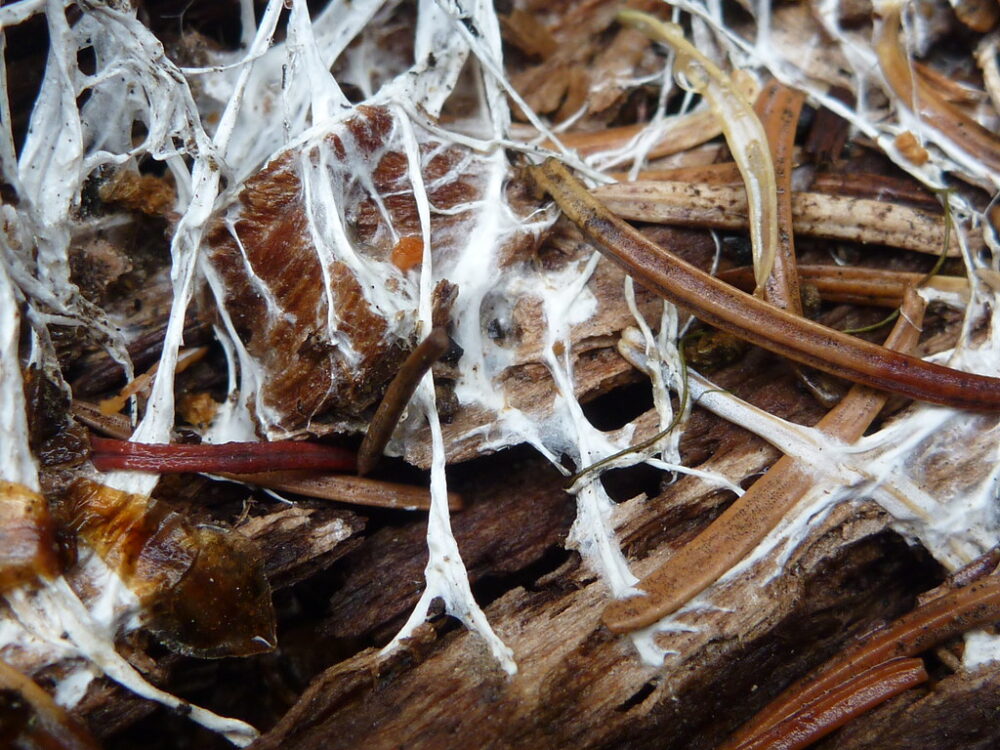Buildings generate close to 40 percent of annual global carbon dioxide emissions. How we build and what we build with require major rethinking. The solution is more than slapping a green roof on your building or putting solar panels on your roof. It is about your building materials, from where they are extracted, and what happens to them after their effective lifespan.
After the Industrial Revolution and the advent of steel and concrete technologies, many vernacular (traditional) methods of building were simply abandoned around the world to embrace these new methods. The increasing durability and decreasing costs of steel and concrete opened many doors to new methods of building. However, these methods have one major flaw, the megatons of carbon emissions traced back to them.
Buildings generate close to 40 percent of annual global carbon dioxide emissions.
Today, rising global emissions and the deteriorating state of the environment compel sustainable building. In recent years, there have been major efforts to help navigate the way we perceive the built environment to create a more sustainable one. Optional building methods and standards like Leadership in Energy and Environmental Design (LEED), have galvanized this shift over the past few decades.
New and more sustainable materials like engineered wood (cross-laminated timber and glued-laminated timber) are rapidly becoming certified substitutes for steel and concrete. However, one of the most promising new materials is mycelium.
In short, mycelia are the living fungal networks of mushrooms (also known as the neurons of the forest). Fungi were some of the very first organisms on Earth (dating back 4.5 billion years ago); they helped create a habitable environment for life on this planet. Most people associate them with harmful mold, death, and decay, which are all true. But there’s more to them. These organisms are the recycling agents that pave the way for the new and are a vital part of the soil that gives life to all.
These organisms are the recycling agents that pave the way for the new and are a vital part of the soil that gives life to all.
What makes mycelia so special in architecture? Well, they can grow into any desired shape given the right conditions. In a 2014 collaboration with Arup Group, Architect David Benjamin, built a pavilion out of 10,000 mycelium bricks at the Museum of Modern Art (MoMA PS1) in Queens, New York. The 40-foot-tall structure held its own weight and showed how mycelia could be used as building material. How did they build it? According to Northeastern University architecture student, Matthew Miller, who studied the topic and created mycelium blocks in the fall of 2021, it’s a process that starts with taking small samples from a desired species. For a block, he initially experimented with reishi mushroom spores that were native to his site and offered wood-like, corky properties. Then, he supplied food to the sample. Miller used pasteurized wood, pasteurized wheat flour, and bio-material from the site to allow the white strands of mycelia to form and grow. Next, he put the strands into a block mold and let them take shape. Lastly, he baked them in low heat for a couple of hours to stop the mycelia from growing, and voila.
Despite having difficulties with mold, he was able to make a mycelium block. His main suggestion to people trying to make their own mycelium block is to work in a clean environment. Anyone can experiment and create their own block, and this is the beauty of it all.
The time has come to reconnect with nature and utilize its technologies to truly build green architecture. This is the ultimate way to harmonize with the surrounding environment rather than conflict with it. Mycelium still requires further investigation; there are 1.5 million known species of fungi that require vigorous research to uncover their full potential. We have yet to even scratch the surface, but the potential is exciting and one worth striving for.
https://architecture2030.org/why-the-building-sector/
https://www.amazon.com/Fantastic-Fungi-Brie-Larson/dp/B08DK21H6T.


